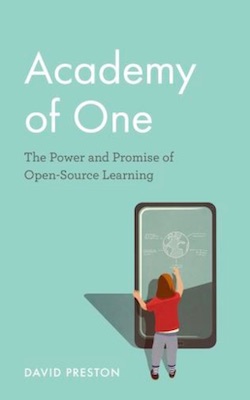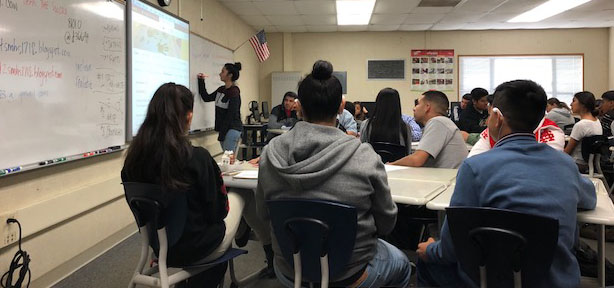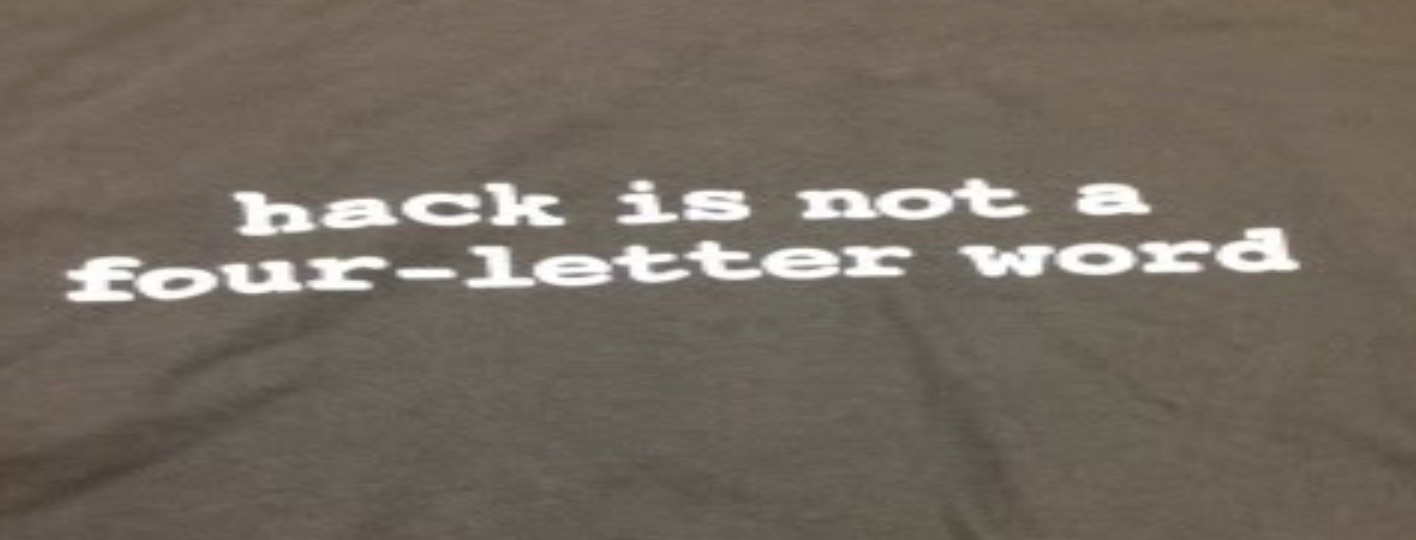Month: September 2021
-

Your phone is not a book
Thinking about data Last Wednesday I was preparing to meet with the Open-Source Learning Academy online. I wanted to get everyone thinking about data, and I had a question to start the conversation: Is a song the same song whether it’s performed live, played on vinyl (78, 45, 33 1/3), 8-track tape, cassette tape, CD,…
-

(Endless) Summer Reading: 5 ways you can choose better learning software
This is part of a series of articles about how we can reimagine learning for next year and beyond. To get the next article delivered automatically to your inbox, click HERE. Software defined I searched the term “software definition” on duckduckgo and here’s what came up: “The programs, routines, and symbolic languages that control the…
-

Back to School Not
I’m not going back to school. No one should. At least, not back to the way school used to be. We need to move forward. We need to do better than whatever we thought school was before the pandemic. In 2004, I started leading traditional high school and university courses as Open-Source Learning networks. Participants…
-

Hack to School Night
THE IDEA Back to School Night usually sucks. It’s the product of conversations [“Hola mijo, how was your day at school?” “Fine.” “What did you do?” “Nothing.” “Who did you eat lunch with?” “No one.” “What did you learn?” “Nothing.”] that can turn parents into detectives and teachers into tattletales. Rather than speak for passive…